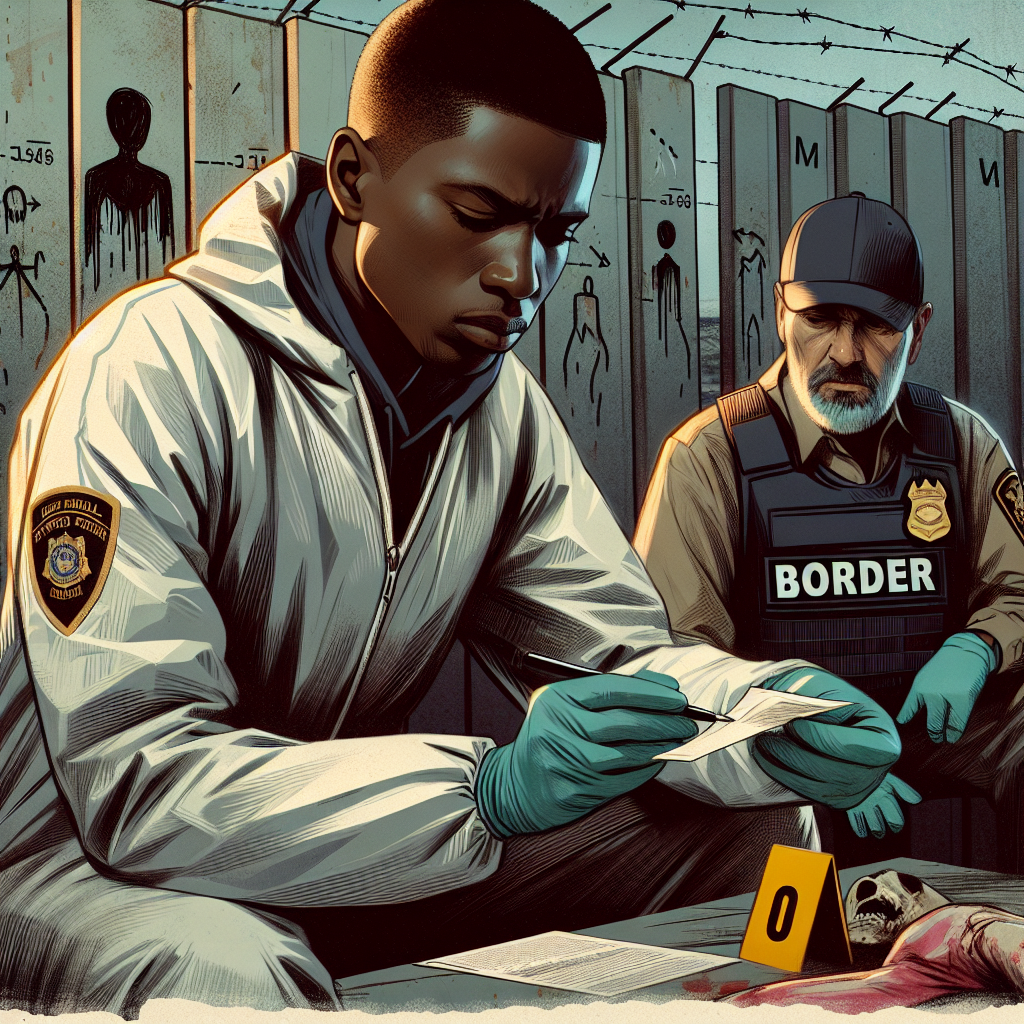Understanding the Border Patrol Agent’s Death and Its Connection to a Cultlike Group
Understanding the Border Patrol Agent’s Death and Its Connection to a Cultlike Group
Background of the Incident
The tragic death of a U.S. Border Patrol agent has drawn significant attention due to its alleged links to a mysterious cultlike group. This incident has raised questions about the influence and reach of such groups within law enforcement and the broader community.
The Mysterious Cultlike Group
Reports suggest that the group in question operates with a secretive and insular nature, often described as cultlike due to its hierarchical structure and the intense loyalty it demands from its members.
- Secretive operations and recruitment tactics
- Strong influence over members’ personal and professional lives
- Potential involvement in illegal activities
Impact on Law Enforcement
The connection between the agent’s death and the cultlike group has sparked concerns about the infiltration of such organizations into law enforcement agencies. This raises critical questions about the vetting processes and the potential vulnerabilities within these institutions.
- Challenges in identifying and addressing internal threats
- Need for enhanced psychological and background checks
- Importance of fostering a culture of transparency and accountability
Community Reactions and Concerns
The incident has also stirred public concern, with community members calling for a thorough investigation and greater oversight of law enforcement agencies. There is a growing demand for transparency and accountability to prevent similar occurrences in the future.
- Public demand for a comprehensive investigation
- Calls for increased oversight and reform in law enforcement
- Heightened awareness of the potential dangers posed by cultlike groups
Conclusion
The death of the Border Patrol agent and its alleged connection to a cultlike group highlights the complex challenges faced by law enforcement agencies in maintaining integrity and security. It underscores the need for rigorous vetting processes, increased transparency, and community engagement to safeguard against internal threats and ensure public trust.


















